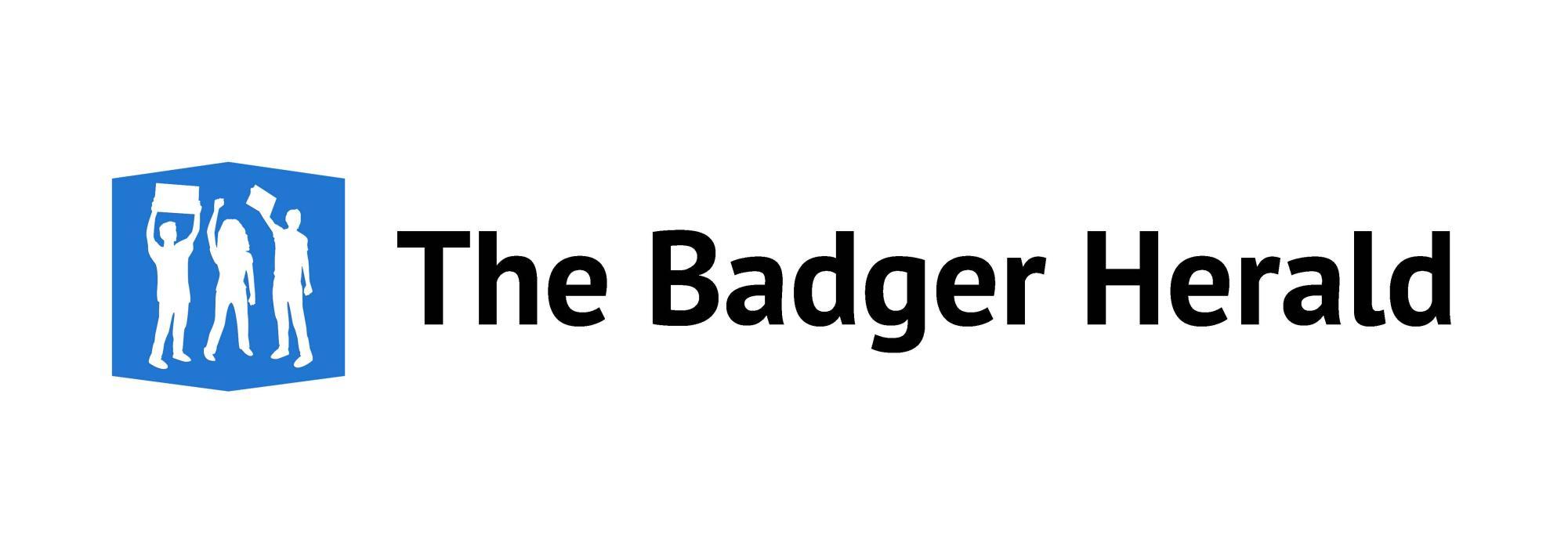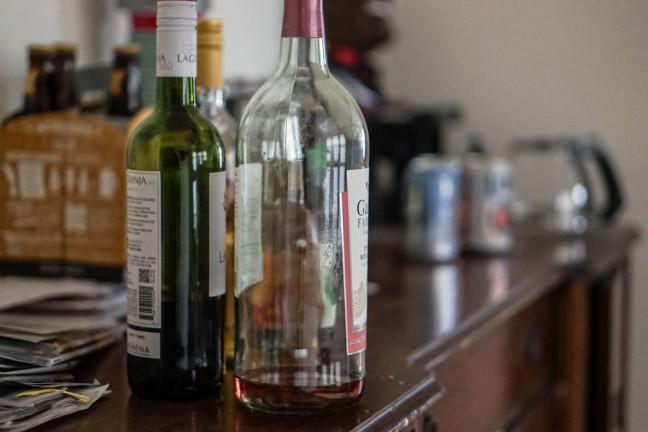There were at least 488 mass shootings in the United States in 2024 alone, according to the BBC. These events construct a triad of trauma — individual victims and families, proximal communities and identity-based communities all experience the aftermath in varying degrees.
A mass shooting is defined as having at least four victims, not including the perpetrator, according to University of Wisconsin Associate Professor of Psychology Nick Buttrick. This is the FBI’s definition.
Within this, there are two categories of mass shootings — public and private. Public mass shootings occur in a public place with victims who are strangers to the perpetrator. Private mass shootings, which make up the majority of mass shootings, occur within the home, Buttrick said.
This distinction guided Buttrick and his colleagues Shiyu Yang, a UW doctoral graduate, and Sosuke Okada, a UW postdoctoral researcher, as they conducted research into the effects of mass shootings on proximal communities.
Intrigued by investigating how mass shootings affect a community, they based their research on an extensive database containing the sales information of almost half the grocery stores in the country, Buttrick said.
By investigating the rates of alcohol purchases in a given community before and after a mass shooting, the researchers found that in proximal communities, alcohol sales rates can increase along with the occurrence of public mass shootings, but privately do not have the same profoundly traumatic effect.
“How do you quantify that sense of trauma, and how do you see the after-effects most clearly,” Buttrick said. “When things feel out of control, one of the things that Americans often do is that we drink.”
According to the database, when projected alcohol purchase rates were compared with the actual data following a public mass shooting, there was an increase in alcohol sales. The areas studied were clustered around the zip code that the event occurred in, containing all zip codes with the same 3 first digits, which vary based on population density, according to Buttrick.
“We find in the aftermath of mass shooting alcohol sales go up – in these areas – about 3-5%, which is fairly substantial, and they stay elevated for at least 2 years,” Buttrick said.
This data is temporal-based, meaning the researchers could only see the approximate location of the grocery store but could see the exact hour-by-hour sale, Buttrick said.
The data sets are intentionally vague to protect consumers’ privacy, but this does not discredit the understanding that alcohol consumption increases in response to the trauma surrounding mass shootings.
Buttrick said his research had not studied media coverage of communities impacted by mass shootings, but other research has.
“Our research does not cover this, but research has shown that these communities that are covered extensively often have a longer healthy process,” Buttrick said.
Through research of this kind, we can start to understand the coping mechanisms that Americans utilize during these times of deep trauma, which can guide researchers towards conclusions that could help to accelerate healing, Buttrick said.


